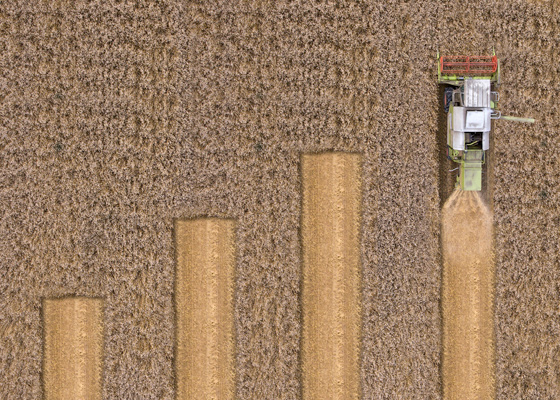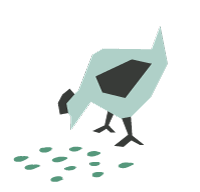What to do with a windfall?
Grain farmers are riding a big wave these days when it comes to commodity prices. Things are looking pretty darn amazing in the marketing department.
Whether you were able to lock-in desired profit levels earlier on, or took a chance the market would go higher, you are potentially sitting on more profit than anticipated. That’s awesome….but now what?
If debt-to-equity is the engine that drives your farm, working capital is the fuel that keeps everything running smoothly. Working capital is a measure of liquidity or cashflow.
Let’s start with a financial snapshot of your farm. Current assets are Cash, Accounts Receivable, pre-paid expenses, Inventory and any other cash-like items that can be turned into cash (liquified) in the next 12 months.
Current Liabilities are Operating Loan, Trade Payables, Cash Advances, Current Portion of Long-Term Debt and any other items that must be paid within the next 12 months.
A good time to take this snapshot is at year-end with accountant-prepared information, which should be starting to trickle back anytime now.
Current Assets – Current Liabilities = Working Capital. Working Capital measures how much of your own funds are available to invest in next year’s cash expenses. Expressed as a percentage:
Top Of The Market Farms Ltd.
Annual Cash Operating expenses: $1,500,000
Working Capital: $1,000,000
Working Capital %: 67%
Top Of The Market has 67% of next year’s cash expenses covered by their own sweat and tears and will use their bank’s funds for the remaining 33%. (Do bankers sweat and cry over their farm clients? I think maybe!)
But what level of my own funds and that of my banker is ideal? Good question, and as any good consultant would answer: it depends. Backswath’s industry standard is 50% but your own standard could be quite different. Are you more comfortable having a whole year’s expenses in the bank? 100%? Or are you confident with your operating financing situation and would rather put some money to work somewhere else? If so, perhaps 25% working capital would suit you.
Working capital comfort level dictates how much windfall an operation truly has. In the example above, using 50% or $750,000, Top Of The Market has a $250,000 windfall to work with. That is, $250,000 to invest in any number of things:
- Machinery upgrades
- Land downpayment
- Overdue maintenance & repairs
- Pay down debt
- Personal drawings.
This year, your farm could see a windfall or high working capital situation. Other years, investment may be off the table as working capital funds are depleted and must be built back up to your comfort level. With a set target, each year you can assess the level of earned funds available and make investment decisions accordingly.
While it’s true that “a rising tide lifts all boats”, proactive and deliberate financial management will keep yours bobbing for years to come.
If you would like to speak to one of our consultants about this topic contact us.



